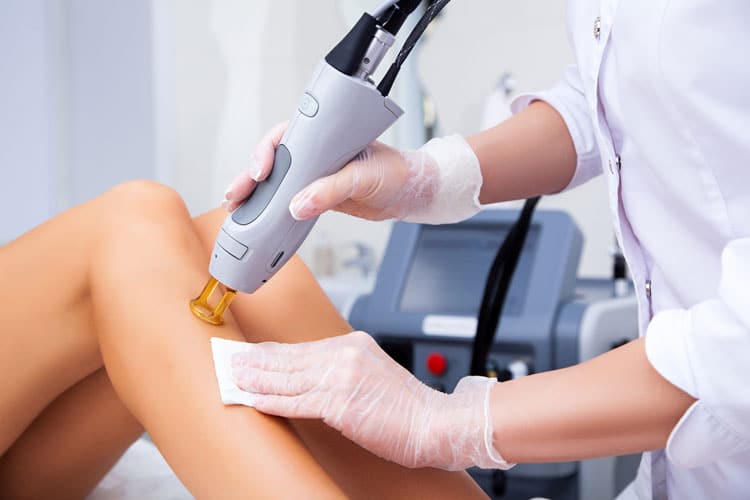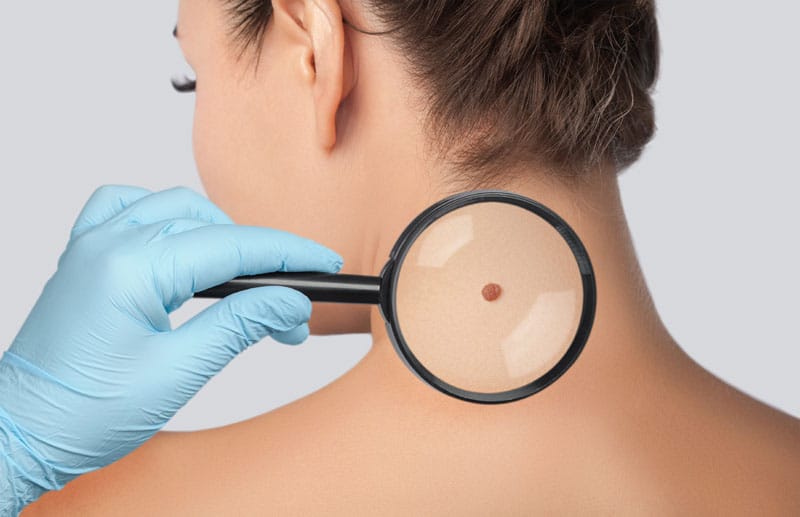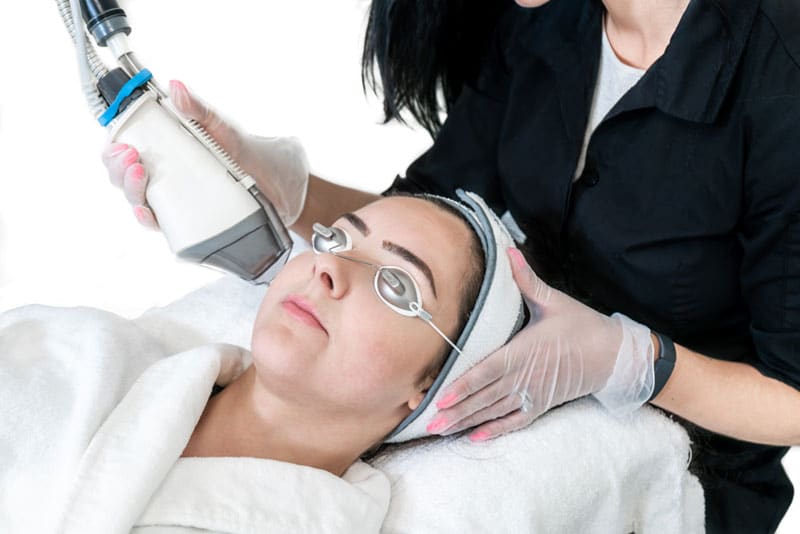Mesotherapy vs. Microneedling
Mesotherapy vs. Microneedling
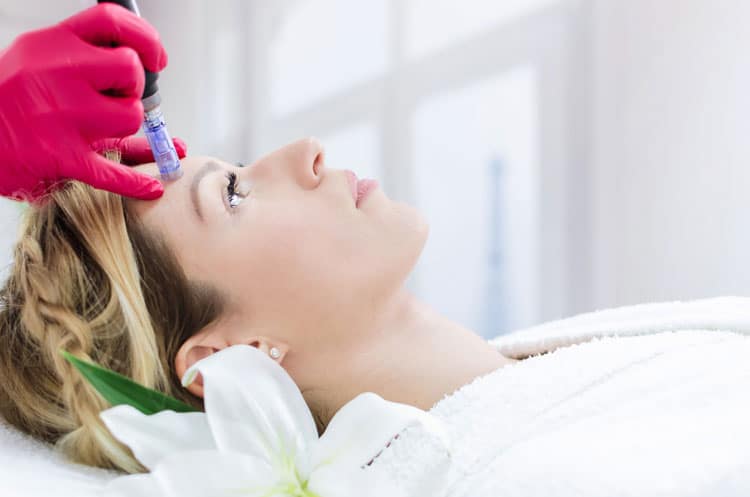
What is Microneedling?
Microneedling or collagen induction is a cosmetic procedure that helps improve superficial scars and minor skin imperfections.
How does Microneedling work?
This technique involves the use of a pen shaped tool that has multiple needles with different depths from 0.5 mm to 2.5 mm to puncture the skin and cause physical trauma. By doing so, we promote body’s natural healing process to create Collagen.
As Dr. Macrene Alexiades mentions in Elle magazine: “From microneedling alone, you will look plump, pink, and luminous for a couple of weeks. On a short term basis, it plumps the skin and makes the skin look more radiant”.[1]
Here at Q Esthetics, we combine Microneedling with other laser therapies for more severe skin problems to achieve greater outcomes.
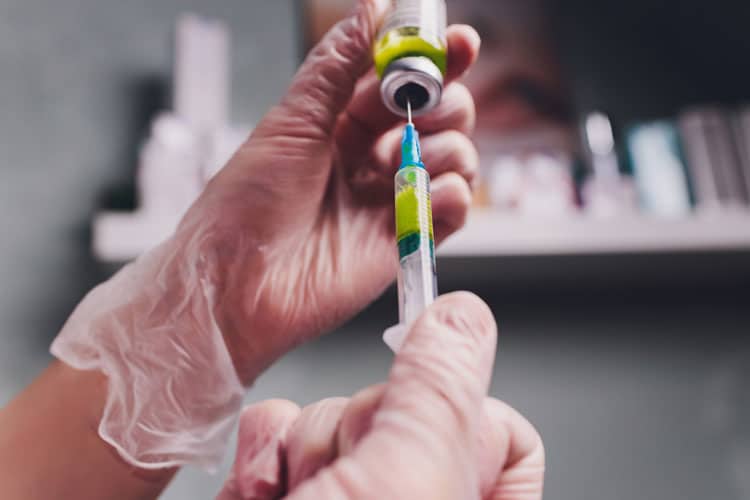
What is Mesotherapy?
Mesotherapy comes from the Greek word mesos meaning “middle”, and therapy from the Greek word therapeia which means” to treat medically”.[2] French doctor, Michel Pistor, is considered the father of modern mesotherapy, which initially was used for the treatment of medical conditions, starting in the 1950’s.[3]
Later on, practitioners discovered that this technique could be used for cosmetic purposes. At Q Esthetics, we have perfected this treatment to improve skin conditions such as: wrinkles, stretch marks, hair loss, fat loss plus acne scarring.
How does Mesotherapy work?
Firstly, by physical act of injection and skin breakage, we disturb the cells triggering a healing process which includes cell renewal, collagen production and skin tightening.
Secondly, we deliver the right agent into the skin in different depths by utilizing minute amounts of vitamins and minerals to treat the condition.[4]
For best results: multiple treatments are required. There is a possibility of redness, swelling, bruising that could last a few days.
Nazila Nateghi

